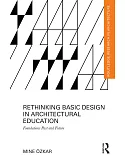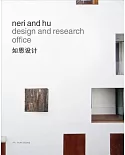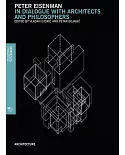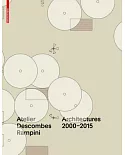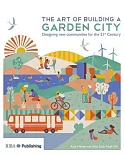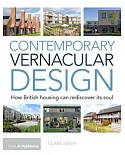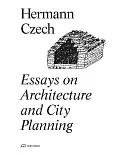We take it for granted that supporting innovative architecture benefits society. Today this is often presented as one of the ways in which city regions or countries promote themselves in the
global context to either lead the world's creative economy, or prove that there are unique cultural imperatives at work in the social economy of a city region or state.
In countries as diverse as Austria, Australia, Belgium, England, Japan, South East Asia, Slovenia, Spain, Switzerland and the US, retailers, institutions, local and regional government and
transport authorities have established substantial bodies of work by new and emerging architects. What are their goals? How have they achieved them? Is it possible to promote sustainable
communities of innovative practice through such patronage? This book addresses these questions by assessing the results of real examples. The case studies inside describe how clients' promotion
of innovative communities of practice led to important collections of architectural works and provide an assessment of the effectiveness of their approaches. With this book, architects and
clients will understand what to look for as they construct their portfolios with innovation as a goal.



